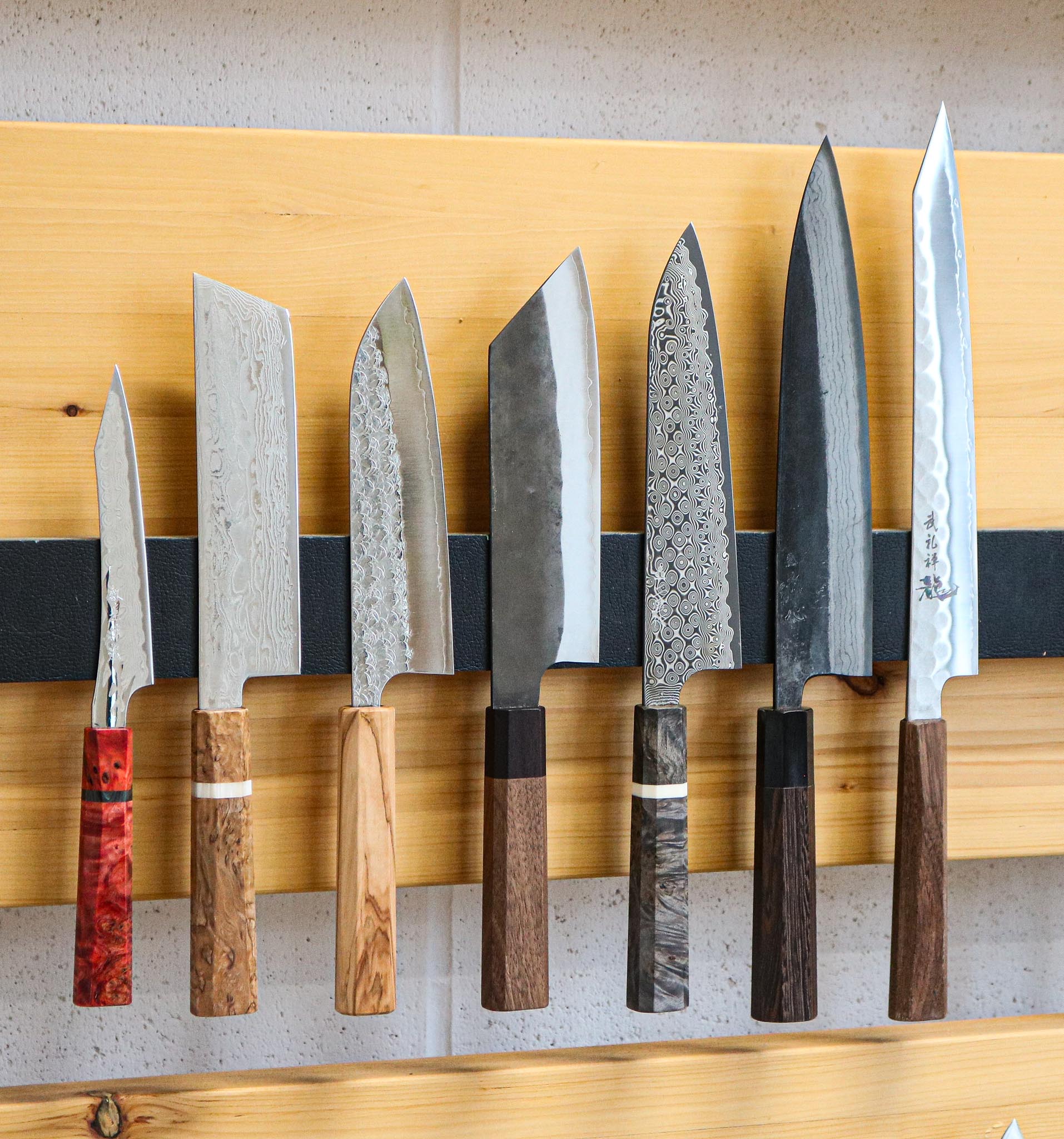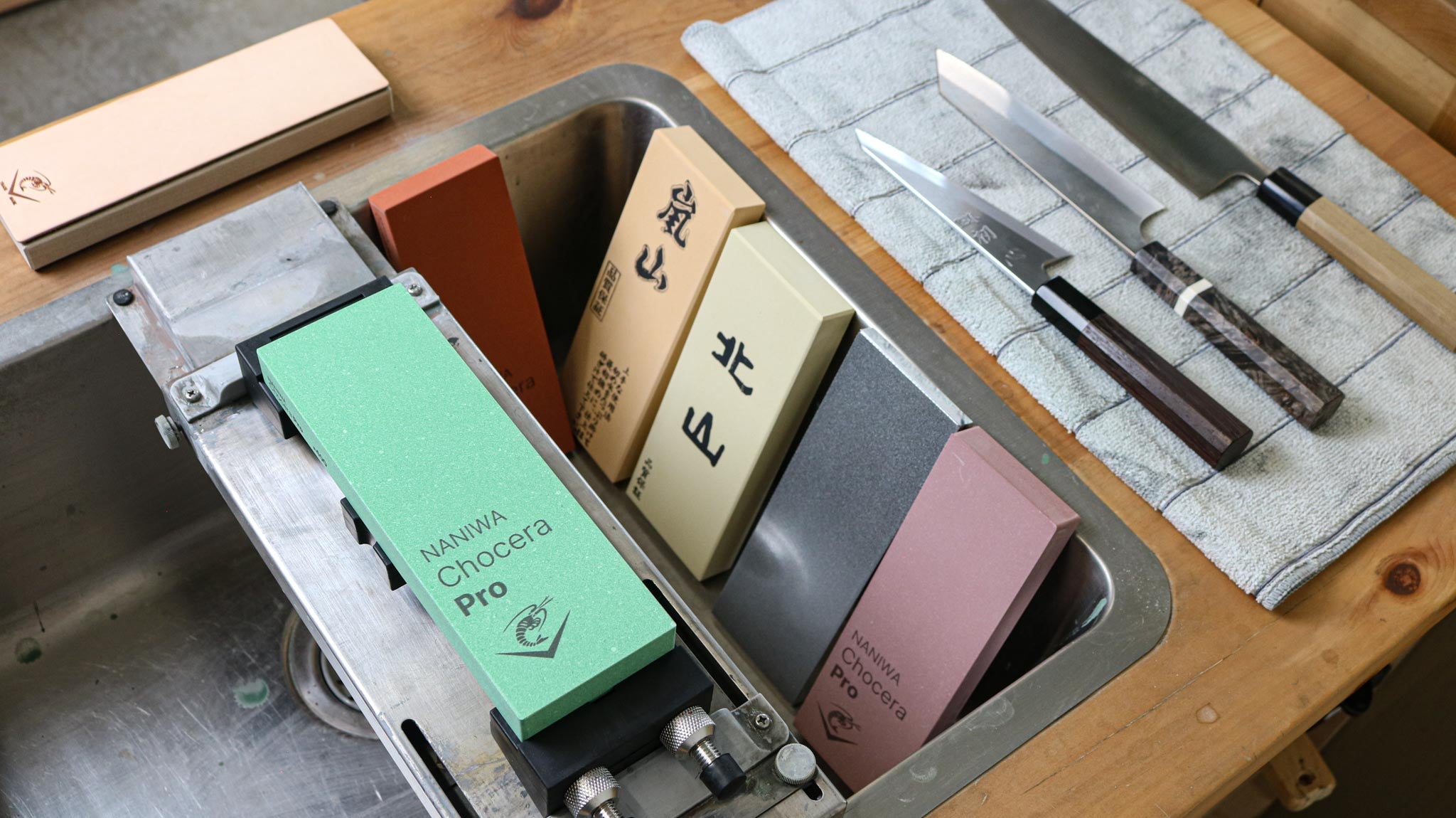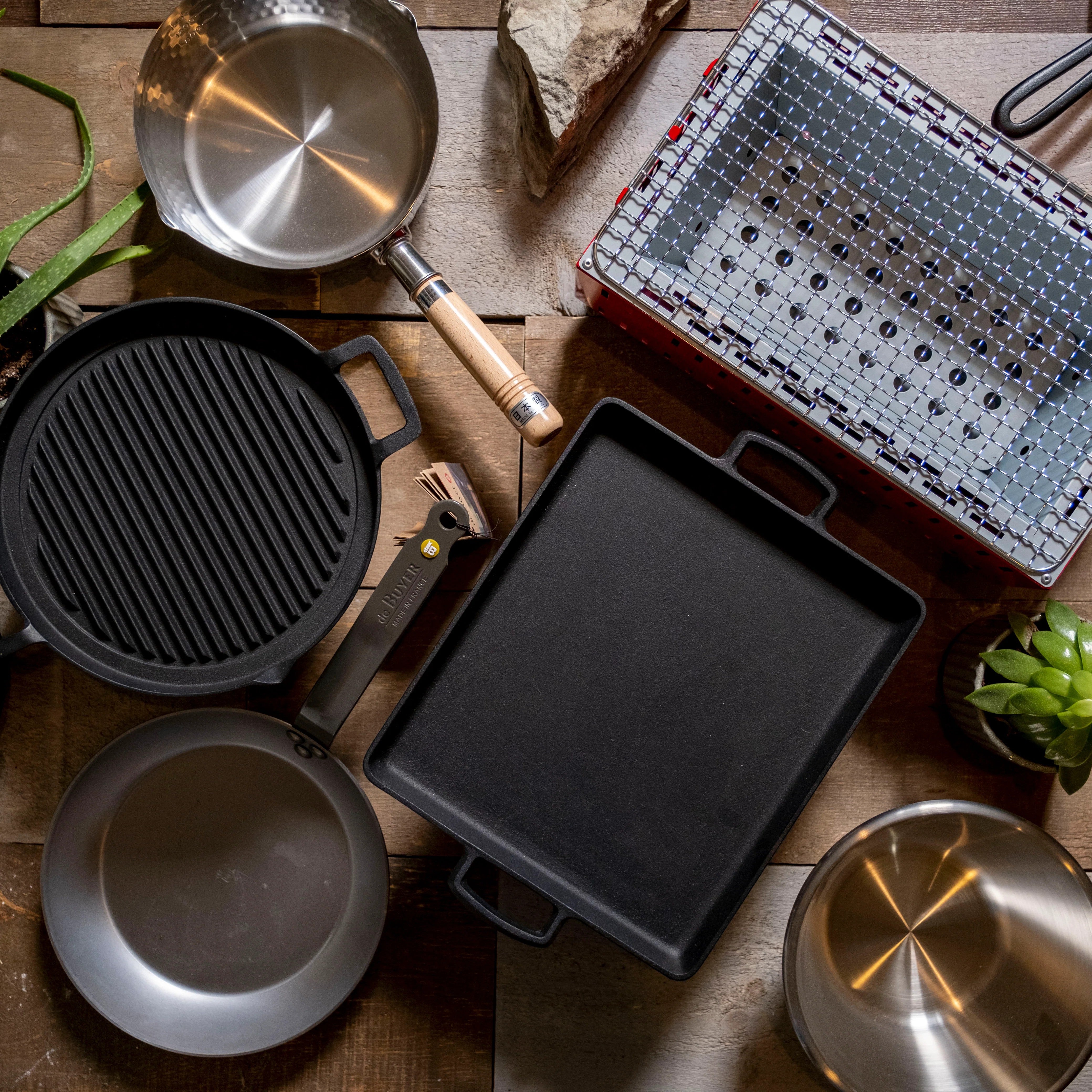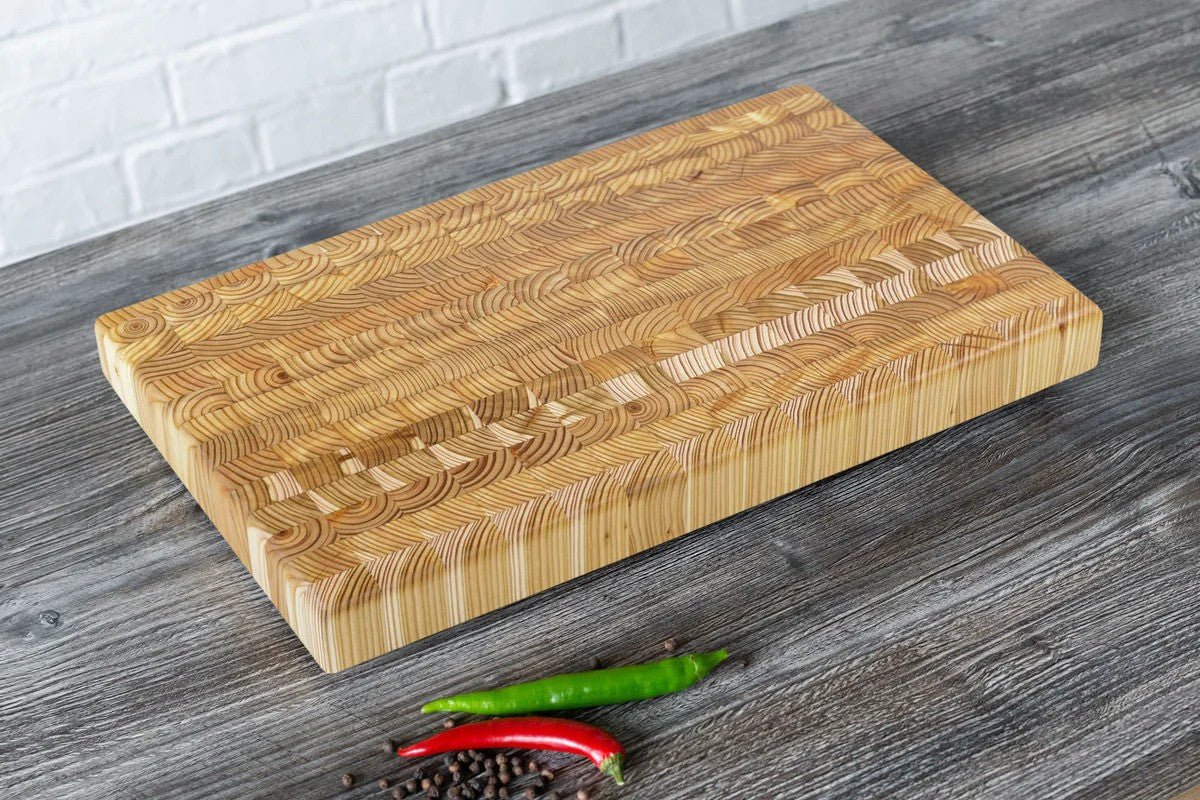Menu
KIRITSUKE (CHEF'S KNIFE)
Price
$0
$710.95
Knife Type
Composition
Steel Type
Blade Length
Finish
Nigara Hamono AS Migami Kiritsuke Gyuto 195 mm


Quick View


Nigara Hamono AS Migami Kiritsuke Gyuto 195 mm
- Price
- $324.95
Nigara Hamono AS Migami Kiritsuke Gyuto 230 mm


Quick View


Nigara Hamono AS Migami Kiritsuke Gyuto 230 mm
- Price
- $334.95
Masamoto KS Kiritsuke Gyuto 255 mm


Quick View
11% off


Masamoto KS Kiritsuke Gyuto 255 mm
- Sale price
- $710.95
- Regular price
- $789.95
Masamoto KS Kiritsuke Gyuto 220 mm


Quick View
11% off


Masamoto KS Kiritsuke Gyuto 220 mm
- Sale price
- $679.45
- Regular price
- $754.95
Yoshikane Kurouchi W2 Kiritsuke Gyuto 210 mm


Quick View


Yoshikane Kurouchi W2 Kiritsuke Gyuto 210 mm
- Price
- $619.95
Nigara Hamono Damascus Anmon Kiritsuke Nakiri 170 mm


Quick View


Nigara Hamono Damascus Anmon Kiritsuke Nakiri 170 mm
- Price
- $649.95
Muneishi AS Kurouchi Damascus Kiritsuke 210 mm


Quick View


Muneishi AS Kurouchi Damascus Kiritsuke 210 mm
- Price
- $320.95
Nigara Hamono Damascus Anmon Kiritsuke Petty 145 mm


Quick View
11% off


Nigara Hamono Damascus Anmon Kiritsuke Petty 145 mm
- Sale price
- $494.95
- Regular price
- $549.95
Hatsukokoro Shirasagi Kurouchi Kiritsuke Yanagiba 270mm


Quick View
16% off


Hatsukokoro Shirasagi Kurouchi Kiritsuke Yanagiba 270mm
- Sale price
- $335.70
- Regular price
- $394.95
Hatsukokoro Shirasagi Kurouchi Kiritsuke Yanagiba 295 mm


Quick View


Hatsukokoro Shirasagi Kurouchi Kiritsuke Yanagiba 295 mm
- Price
- $449.95
Hatsukokoro Shirasagi Kurouchi Kiritsuke Yanagiba 240 mm


Quick View


Hatsukokoro Shirasagi Kurouchi Kiritsuke Yanagiba 240 mm
- Price
- $394.95
Hatsukokoro Shirasagi Kurouchi Kiritsuke Yanagiba 330mm


Quick View


Hatsukokoro Shirasagi Kurouchi Kiritsuke Yanagiba 330mm
- Price
- $474.95
ALL YOU NEED TO KNOW ABOUT THE KIRITSUKE
Deciding on a new knife is not an easy task, with so many options to choose from, how on earth do you know what knife is "the one". We spend most of our time searching for the best Japanese knives available so you can rest assured that once you have found a knife that meets your criteria, it will exceed your expectations.
BENEFITS AND VERSATILITY OF THE KIRITSUKE
The Kiritsuke is very similar to the Gyuto but differs in the shape of the tip. They feature what is referred to as a "reverse tanto" or "k-tip" which gives the shape its unique and distinct aesthetic. They come in both double beveled and single beveled versions and historically have been reserved for use by only the head chef in restaurants - we won't tell anyone if you're not a head chef though! - The single beveled versions are said to be the most versatile shape available (though the Gyuto would give it a run for its money) as they are adept at butchery, slicing and vegetable prep once they are mastered. The double beveled versions are much more user friendly.
COMMON USES OF THE KIRITSUKE
The Kiritsuke is used very similarly to how a Gyuto would be used but they generally have a flatter profile, or less curvy blade shape, and feature a more aggressive tip, both factors help the Kiritsuke excel at slicing tasks while remaining very capable of chopping vegetables large and small. The kiritsuke is great for slicing raw meat and fish, chopping smaller vegetables like garlic and shallots and larger vegetables and fruits like sweet potato and watermelon to name a few.
ALTERNATIVES TO THE KIRITSUKE
Being so similar in size and shape to the Gyuto, an alternative to the Kiritsuke would be just that, a Gyuto. One can certainly use a rocking motion when using a kiritsuke but they are generally used in an up and down chopping motion, so if you prefer to rock chop, a Gyuto might be a better option.
TIPS FOR CHOOSING YOUR FIRST KIRITSUKE
While it can be tempting to purchase a Kiritsuke based purely on aesthetics (I should know, I've done it once or twice), We would highly recommend considering a few factors before making a decision. Japanese knives are made from a variety of steel types which can impact their maintenance requirements. Knives made from carbon steel can and will rust if not properly maintained, while knives made from stainless steel will remain rust free. All of our knives have their steel type and care instructions listed on the product page so you can make a better informed decision. You can also check out our Knife Maintenance blog post here.
- Choosing a selection results in a full page refresh.






